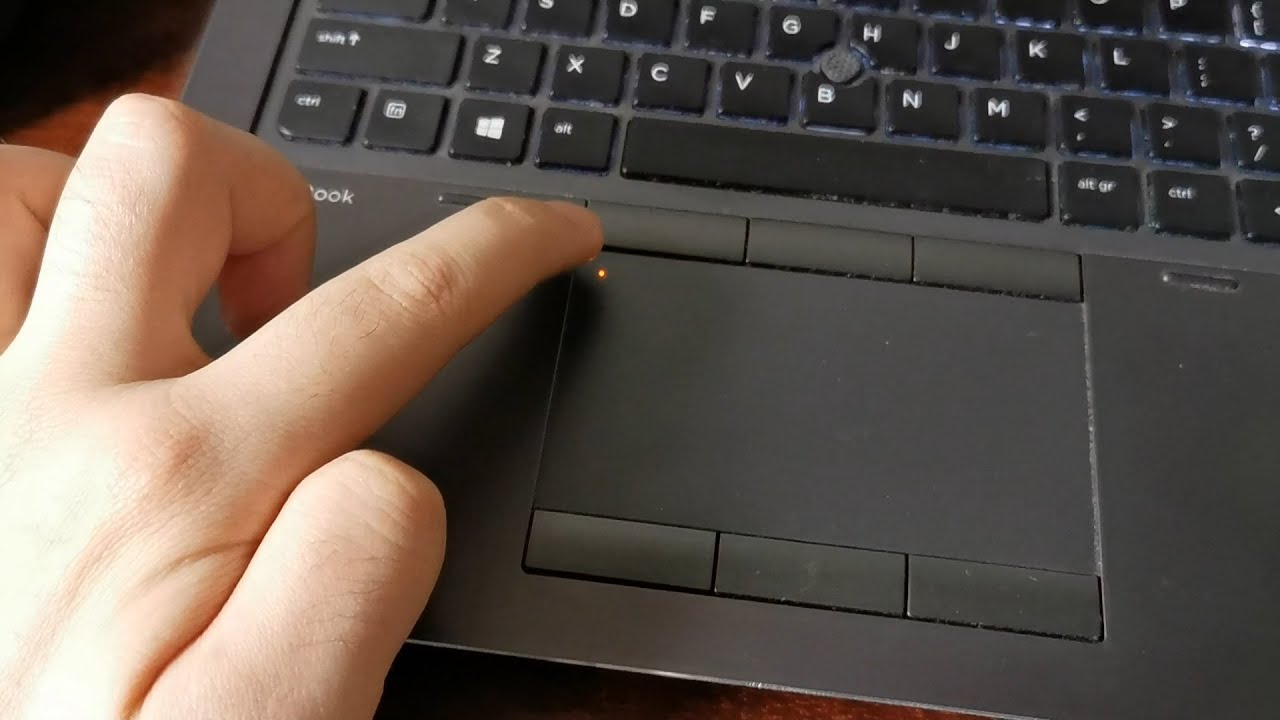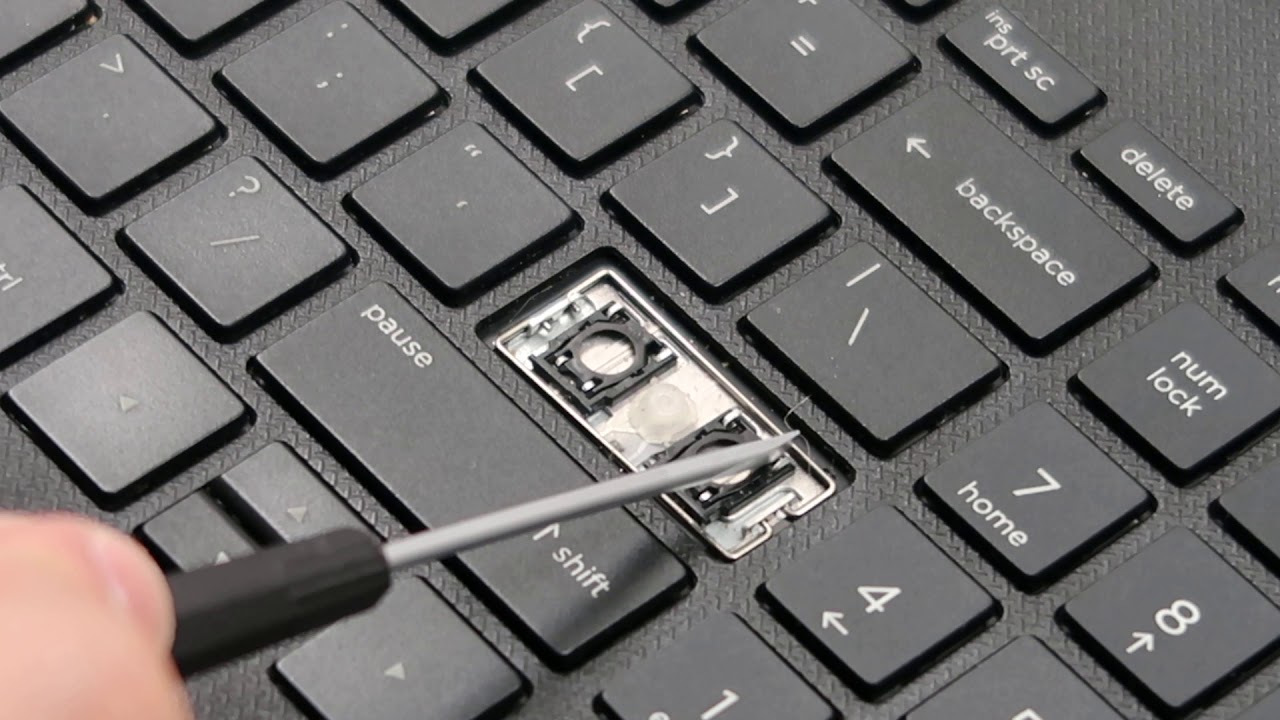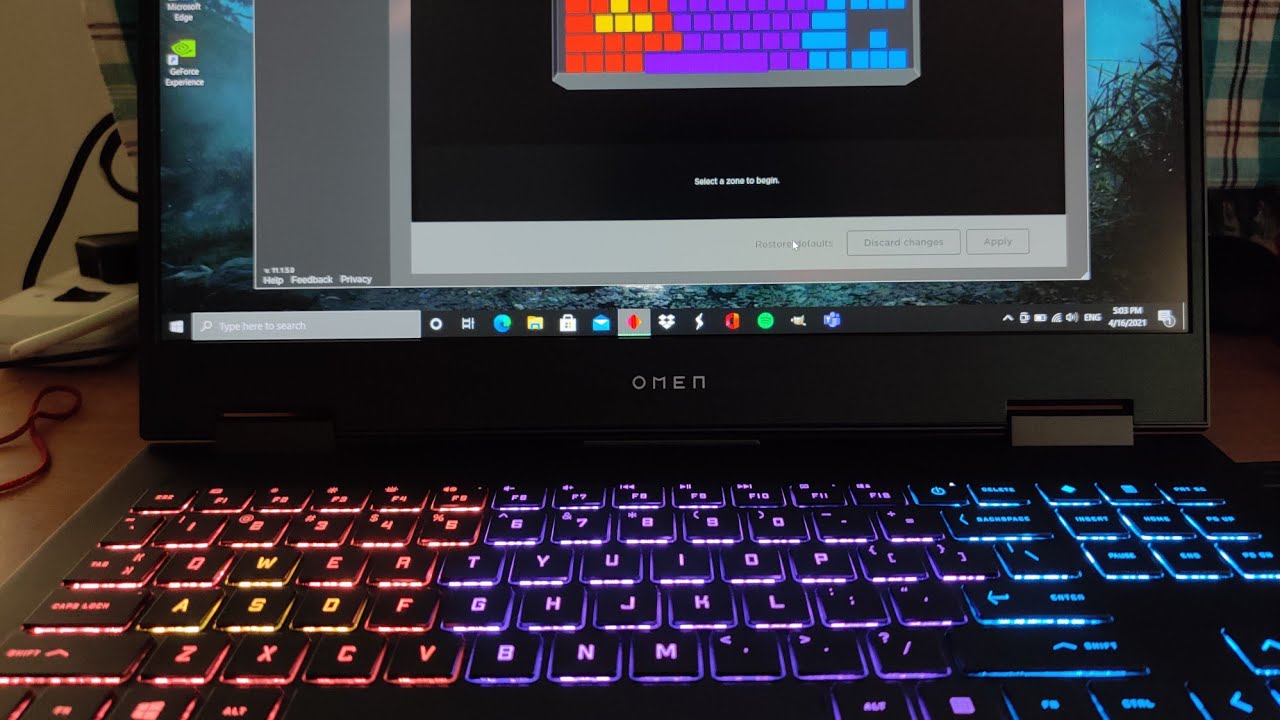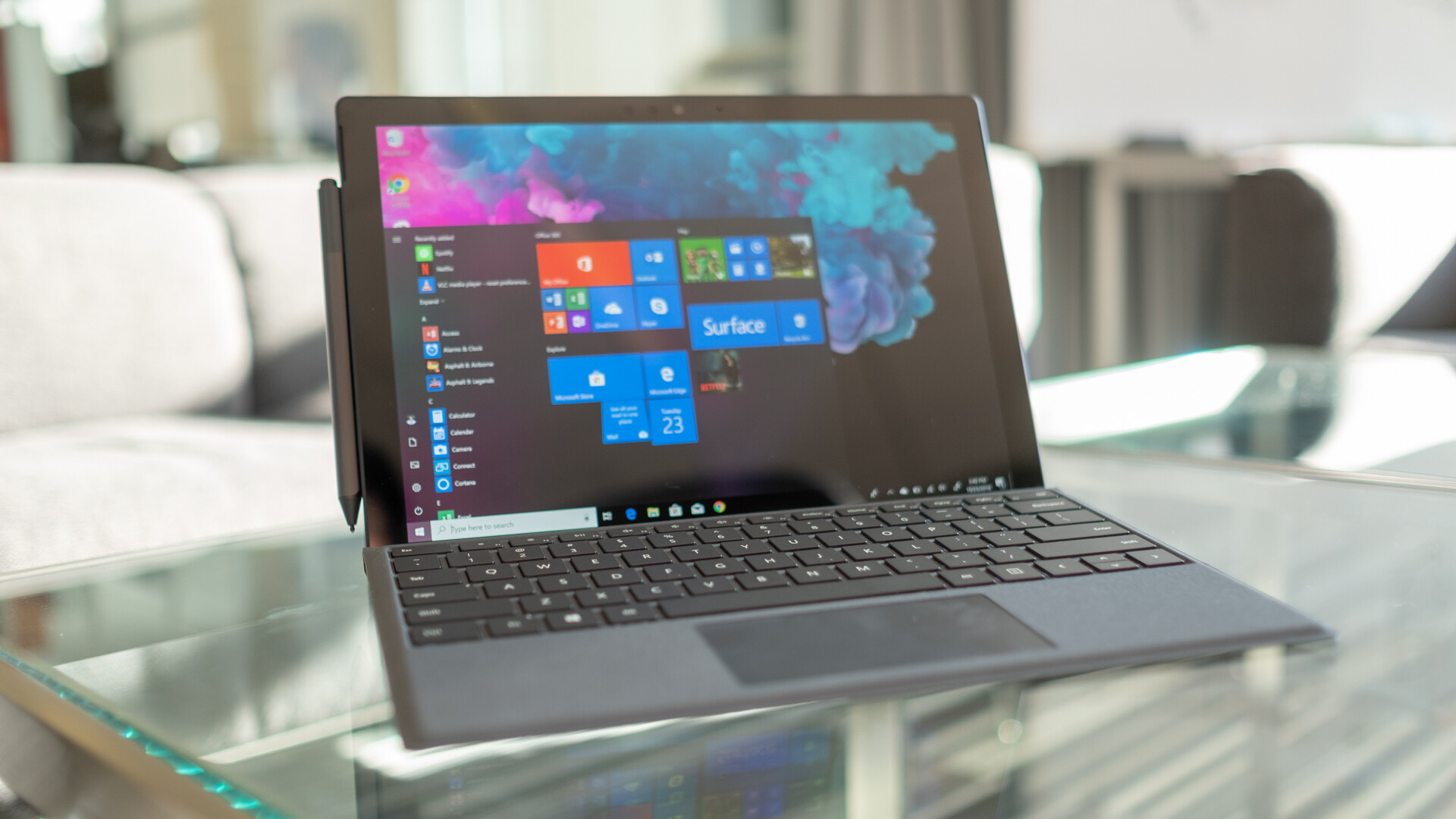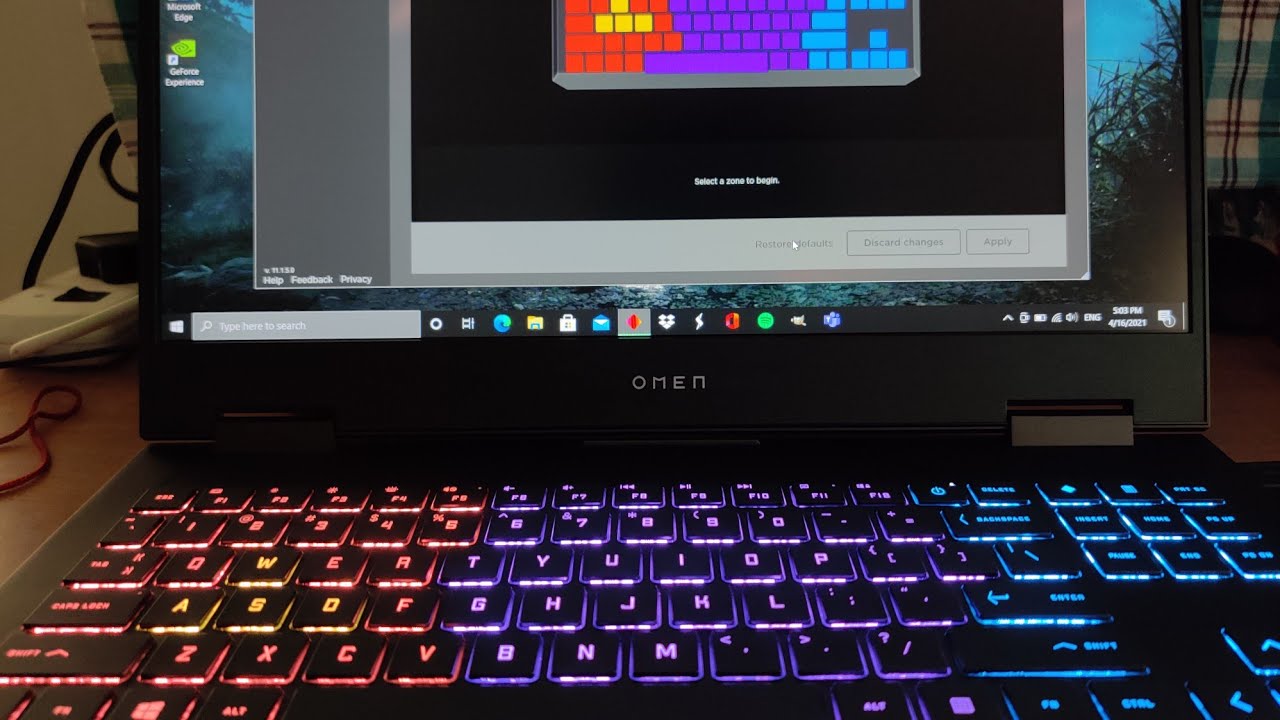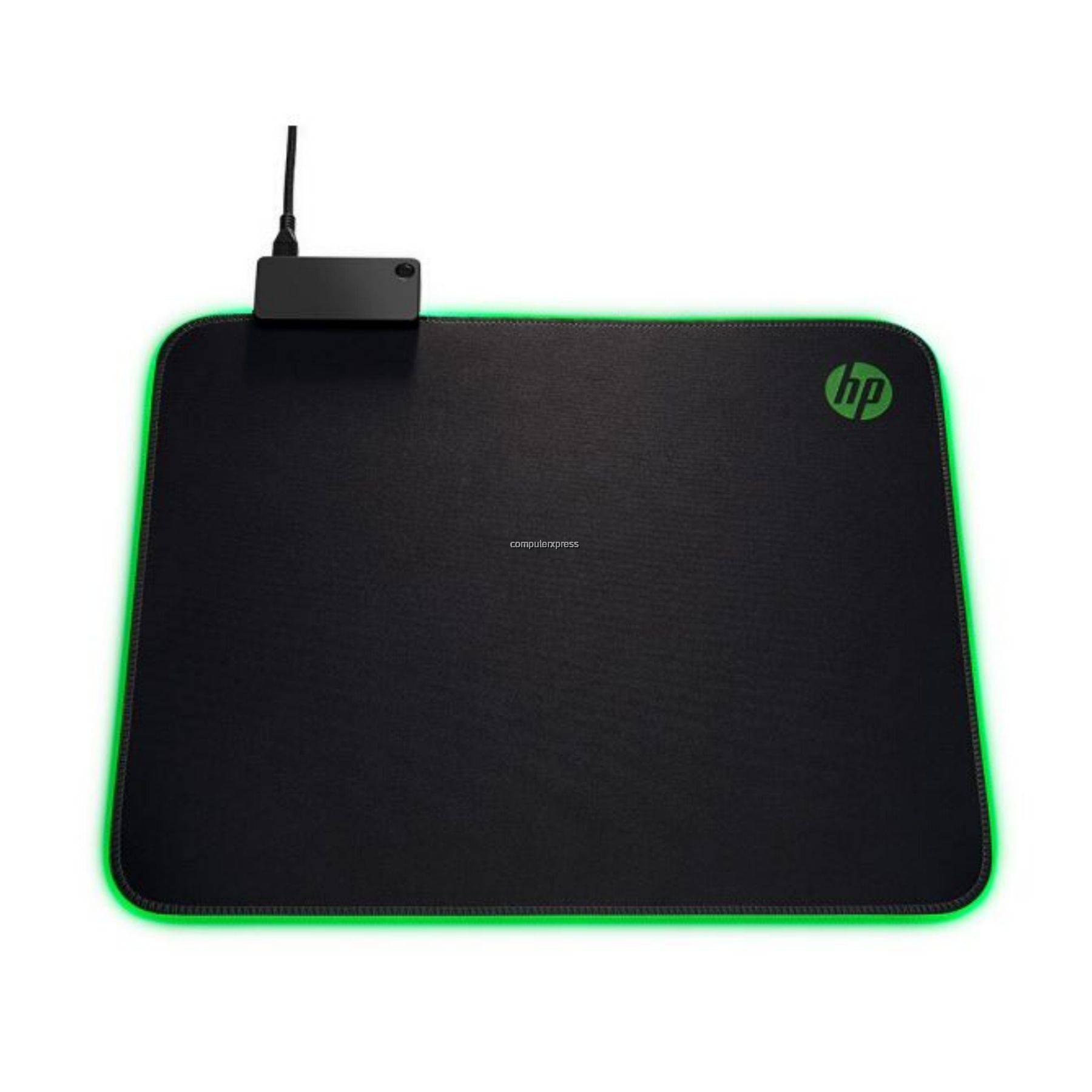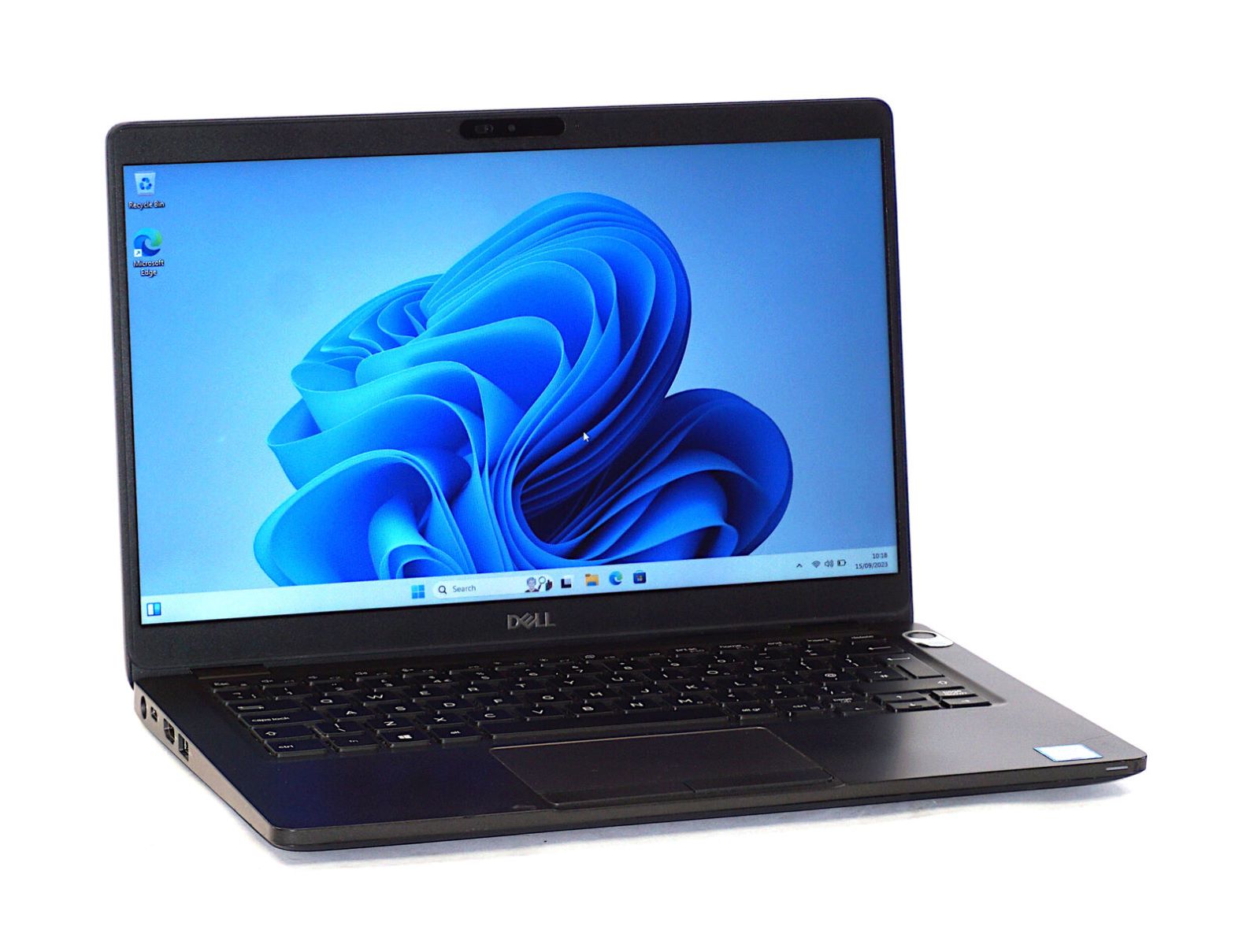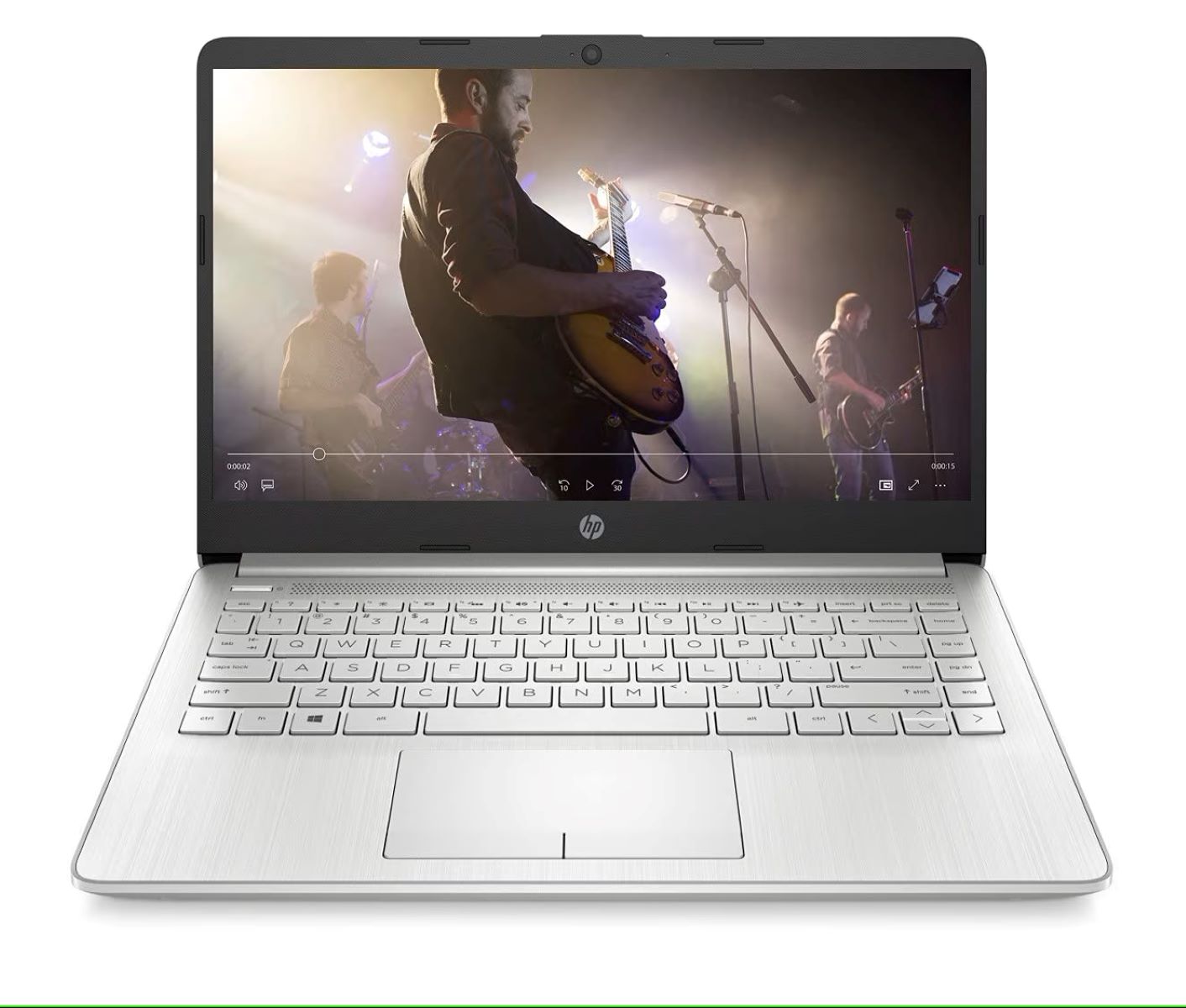Introduction
Welcome to this informative guide on how to unlock a locked HP keyboard. If you’re experiencing issues with your HP keyboard, such as keys not responding or working intermittently, don’t worry – you’re in the right place. In this article, we will walk you through various troubleshooting steps to help you unlock your HP keyboard and resume normal functionality.
A locked keyboard can be caused by several factors, such as hardware or software issues, incorrect settings, or even malware infections. It can be frustrating and hinder your productivity, especially if you rely on your computer for work or other important tasks. However, with a few simple steps, you can diagnose and resolve the issue, saving you the hassle of contacting technical support or purchasing a replacement keyboard.
Before we dive into the solutions, it’s essential to mention that each HP keyboard model may have slightly different settings and troubleshooting steps. Therefore, it’s recommended to consult your keyboard’s user manual or visit the official HP support website for specific instructions tailored to your device.
In the following sections, we will discuss various methods to unlock your HP keyboard, starting with the most common and straightforward solutions. It’s advisable to proceed through the troubleshooting steps in the order presented, as this helps identify the cause and find a resolution faster.
Remember to follow the instructions carefully and ensure that you have administrative privileges on your computer before making any system changes. Now, let’s move on to the first step in unlocking your HP keyboard – restarting your computer.
Restart Your Computer
The first and simplest step to unlock your HP keyboard is to restart your computer. Restarting your computer can resolve temporary software glitches that may be causing the keyboard to be locked. Additionally, it helps refresh the system and clears any background processes that might be interfering with keyboard functionality.
To restart your computer, follow these steps:
- Click on the Start menu located at the bottom left corner of your screen.
- Select the Power options.
- Choose the Restart option from the dropdown menu.
Alternatively, you can press the Windows key on your keyboard, followed by the Power button, and select the Restart option.
After the restart, check if your keyboard is working correctly. Try typing on different applications to ensure that all keys are responsive. If the keyboard is still locked or if certain keys are not working, proceed to the next troubleshooting step.
Restarting your computer is a quick and effective solution to many software-related issues, including keyboard problems. However, if your keyboard remains locked, it’s essential to explore other potential causes and solutions. Continue reading to discover other troubleshooting methods to unlock your HP keyboard.
Check and Adjust the Keyboard Settings
If restarting your computer didn’t resolve the issue, the next step is to check and adjust the keyboard settings on your HP device. Incorrect settings can often cause the keyboard to become unresponsive or locked. Follow these steps to check the keyboard settings:
- Open the Control Panel on your computer by searching for it in the Start menu.
- Once in the Control Panel, locate and click on “Keyboard” or “Keyboard Settings.”
- A new window will open, displaying various keyboard settings.
- Make sure that the “Turn on Filter Keys” or “Turn on Sticky Keys” options are turned off. These settings can sometimes cause the keyboard to lock up.
- Next, click on the “Hardware” tab and select your keyboard from the list of devices.
- Click on the “Properties” button and ensure that the device status indicates “This device is working properly.”
If any settings appear to be incorrect or if the device status shows an error, make the necessary adjustments or troubleshoot accordingly. Additionally, consider adjusting the keyboard delay and repeat rate to suit your preferences. Save any changes made and close the settings window.
After adjusting the settings, test your keyboard to see if it has unlocked. Try typing in different applications to ensure that all the keys are functional. If the keyboard is still locked or certain keys are unresponsive, proceed to the next troubleshooting step.
Checking and adjusting the keyboard settings is crucial as it allows you to verify if any misconfigurations were causing the lock. However, if the issue persists, there are additional steps you can take to unlock your HP keyboard. Let’s explore them further.
Update or Reinstall Keyboard Drivers
If checking and adjusting the keyboard settings didn’t resolve the issue, it’s possible that outdated or corrupted keyboard drivers are causing the lock. Keyboard drivers are essential software components that allow communication between your keyboard and the operating system. Updating or reinstalling the drivers can help unlock your HP keyboard. Follow the steps below to update or reinstall the keyboard drivers:
- Open the Device Manager by right-clicking on the Start menu and selecting “Device Manager” from the list.
- In the Device Manager window, locate and expand the “Keyboards” category.
- Right-click on your keyboard device and select “Update driver” from the dropdown menu.
- Choose the option to search automatically for updated driver software. Windows will then search and install any available updates for your keyboard drivers.
- If Windows doesn’t find any updates or if the keyboard still doesn’t work after updating, you can try reinstalling the drivers.
- Right-click on the keyboard device again and select “Uninstall device” this time.
- Follow the on-screen instructions to uninstall the drivers.
- After uninstallation is complete, restart your computer.
- Upon restarting, Windows will automatically reinstall the keyboard drivers.
Once the drivers have been updated or reinstalled, test your keyboard to check if it is now unlocked. If the issue persists, try the next troubleshooting method.
Updating or reinstalling the keyboard drivers is a crucial step in resolving keyboard lock issues. By ensuring that you have the latest drivers installed, you can eliminate any driver-related problems that may be causing the keyboard lock. However, if the problem persists, don’t worry – there are still more troubleshooting steps to explore. Let’s proceed to the next method.
Use Safe Mode to Troubleshoot
If the previous methods haven’t unlocked your HP keyboard, using Safe Mode can help isolate and troubleshoot any software conflicts that may be causing the lock. Safe Mode starts your computer with minimal drivers and services, allowing you to determine if a third-party application or service is causing the issue. Follow these steps to enter Safe Mode and troubleshoot the keyboard lock:
- Press the Windows key + R on your keyboard to open the Run dialog box.
- Type “msconfig” in the Run box and hit Enter. This will open the System Configuration window.
- In the System Configuration window, navigate to the “Boot” tab.
- Check the box next to “Safe boot” under the Boot options section.
- Choose the “Minimal” option and click OK to apply the changes.
- Restart your computer. It will now boot into Safe Mode.
While in Safe Mode, check if the keyboard is functioning properly. If the keyboard works as expected, it indicates that the lock is likely caused by a third-party application or service. You can then start narrowing down the culprit by systematically disabling one-third of your applications and restarting your computer each time to identify the problematic software.
To exit Safe Mode and return to normal mode, follow the same steps mentioned above, but uncheck the “Safe boot” option in the System Configuration window.
If the keyboard still doesn’t work properly in Safe Mode or if you have identified and resolved the software conflict but the lock persists, proceed to the next troubleshooting step.
Using Safe Mode to troubleshoot can help pinpoint the cause of the keyboard lock and allow you to take appropriate measures. However, if the issue persists, don’t worry – there are still more troubleshooting steps to explore. Let’s move on to the next method.
Run a Malware Scan
If your HP keyboard is still locked despite the previous troubleshooting methods, it’s important to consider the possibility of malware infection. Malware can affect various aspects of your computer, including the keyboard functionality. Running a malware scan can help detect and remove any malicious programs that may be causing the lock. Follow these steps to run a malware scan:
- Ensure that you have reliable antivirus software installed on your computer. If not, download and install a reputable antivirus program.
- Update the antivirus software to ensure it has the latest virus definitions.
- Perform a full system scan, including all drives and files on your computer.
- Allow the antivirus program to complete the scan. This may take some time, depending on the size of your computer’s storage and the number of files being scanned.
- If any malware is detected, follow the prompts to remove or quarantine the infected files.
- After the scan is complete and any malware has been dealt with, restart your computer.
Once your computer has restarted, test your keyboard to check if it has been unlocked. If the keyboard still doesn’t work as expected, proceed to the next troubleshooting step.
Running a malware scan is important as it helps eliminate any malicious programs that may be causing the keyboard lock. Malware can interfere with various system components, including the keyboard driver, leading to lock issues. By removing malware, you can improve the overall security and performance of your computer. However, if the issue persists, there are still more troubleshooting methods to explore. Let’s move on to the next step.
Reset BIOS Settings
If your HP keyboard continues to remain locked, resetting the BIOS (Basic Input/Output System) settings can potentially resolve the issue. The BIOS contains essential configuration settings for your computer’s hardware, including the keyboard. Resetting the BIOS settings can help clear any incorrect configurations or conflicts that may be causing the keyboard lock. However, it’s important to note that BIOS settings vary depending on your computer model, so the steps outlined here may not be exactly the same for every HP device. It’s recommended to consult your HP user manual or the official HP support website for accurate instructions tailored to your specific model.
Before proceeding with a BIOS reset, ensure that you have backed up any important data and familiarize yourself with the BIOS reset process for your specific HP model. To perform a BIOS reset, follow these general steps:
- Power off your computer completely.
- Press the power button to turn on the computer, and immediately press the designated key to enter the BIOS setup. The key to access the BIOS setup may vary, but common keys include F2, F10, or Del.
- Navigate to the “Reset to Default” or similar option within the BIOS setup.
- Select the option to reset the BIOS settings to their default values. Confirm your selection if prompted.
- Save the changes and exit the BIOS setup.
- Allow your computer to restart and check if the keyboard lock has been resolved.
If the keyboard lock persists even after resetting the BIOS settings, it’s recommended to reach out to HP technical support or seek professional assistance for further troubleshooting.
Resetting the BIOS settings can be an effective solution for resolving keyboard lock issues caused by incorrect configurations or conflicts. However, if the problem persists, don’t worry – there are still more troubleshooting steps we can explore. Let’s move on to the next method.
Clean the Keyboard
If your HP keyboard is still locked, it’s essential to examine the physical condition of the keyboard itself. Dust, debris, and spills can cause the keys to become stuck or unresponsive, resulting in a locked keyboard. Cleaning the keyboard thoroughly can help resolve this issue. Follow these steps to clean your HP keyboard:
- Turn off your computer and disconnect the keyboard from the USB port.
- Gently turn the keyboard upside down to remove any loose debris or crumbs. If necessary, use a can of compressed air to blow away any stubborn particles.
- Dampen a clean cloth or cotton swabs with isopropyl alcohol or a mild cleaning solution. Make sure the cloth or swabs are not soaking wet, as excess liquid can damage the keyboard.
- Gently wipe the surface of each key and the keyboard frame with the damp cloth or swabs. Pay extra attention to any sticky or stubborn areas.
- Allow the keyboard to air dry completely before reconnecting it to your computer.
- Once dry, reconnect the keyboard to the USB port and turn on your computer.
After cleaning the keyboard, test it to check if the lock has been resolved. Test each key to ensure they are all functioning properly. If the keyboard remains locked or certain keys are still unresponsive, proceed to the next troubleshooting step.
Keeping your keyboard clean is important for maintaining optimal performance. Regular cleaning can prevent debris buildup and prolong the lifespan of your keyboard. However, if the lock issue persists, let’s explore the next method to unlock your HP keyboard.
External Keyboard Options
If all previous troubleshooting methods have failed to unlock your HP keyboard, you may consider using an external keyboard as a temporary solution. An external keyboard can be connected to your computer via USB or Bluetooth, providing an alternative input device while you further investigate the issue with your built-in keyboard. Here are some options to consider:
- USB Keyboard: Purchase a USB keyboard that is compatible with your computer. Simply connect it to an available USB port, and it should work immediately without the need for additional drivers or software.
- Bluetooth Keyboard: If your computer supports Bluetooth connectivity, you can opt for a wireless Bluetooth keyboard. Pair it with your computer following the manufacturer’s instructions, and you’ll have a functional keyboard without any cables.
- Laptop Keyboard Dock: Some laptops have removable keyboards that can be detached and replaced. If your laptop allows for keyboard replacement, consider purchasing a compatible replacement keyboard and follow the instructions provided by the manufacturer to install it.
- On-Screen Keyboard: If you don’t have access to an external keyboard, you can use the built-in On-Screen Keyboard feature on your computer. This virtual keyboard can be accessed through the Ease of Access settings in Windows or through the Accessibility options on macOS.
While using an external keyboard can provide a temporary workaround, it’s important to remember that this solution may not address the underlying issue with your locked HP keyboard. It is recommended to continue troubleshooting or seek professional assistance to resolve the problem permanently.
If you opt to use an external keyboard, ensure that it suits your needs and preferences. Consider the keyboard layout, size, and ergonomic design to ensure comfortable and efficient typing.
Now that you are familiar with the external keyboard options, let’s conclude this guide with a summary of the troubleshooting steps covered so far.
Conclusion
If you’ve encountered a locked HP keyboard, it can be frustrating, but with the troubleshooting methods outlined in this guide, you can unlock your keyboard and get back to using your computer efficiently. We covered several steps, including restarting your computer, checking and adjusting the keyboard settings, updating or reinstalling the keyboard drivers, using Safe Mode to troubleshoot, running a malware scan, resetting BIOS settings, and cleaning the keyboard.
It’s important to remember that each HP keyboard model may have unique characteristics and troubleshooting steps. Additionally, the locked keyboard issue can stem from various factors such as hardware problems, incorrect settings, software conflicts, or even malware. Consulting your keyboard’s user manual or reaching out to HP technical support can provide individualized guidance specific to your device.
If all else fails, using an external keyboard can be a temporary solution to regain keyboard functionality while you further investigate the issue with the built-in keyboard. However, it’s recommended to continue troubleshooting or seek professional assistance to resolve the underlying problem.
We hope that this guide has helped you unlock your HP keyboard and get back to uninterrupted productivity. Remember to regularly clean and maintain your keyboard to prevent future issues. If you require further assistance, reach out to the appropriate support channels to ensure a smooth resolution. Happy typing!







